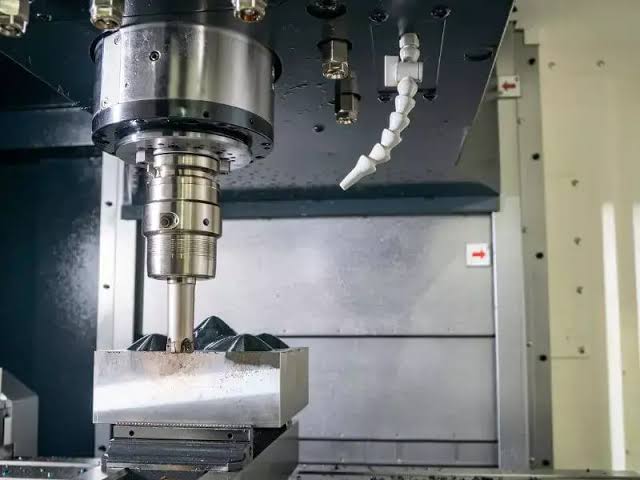Exploring the Versatility of LSR Injection Molding: Process, Applications, and Advantages Unveiled
In the realm of modern manufacturing, few processes rival the precision, versatility, and efficiency of LSR (Liquid Silicone Rubber) injection molding. This sophisticated technique has transformed the way we produce intricate parts and components across a myriad of industries. In this comprehensive guide, we delve into the intricacies of LSR injection molding, unraveling its process, exploring its diverse applications, and uncovering the advantages that make it a preferred choice for manufacturers worldwide.
Understanding the LSR Injection Molding Process
LSR injection molding is a specialized process that involves injecting liquid silicone rubber into a mold cavity to produce high-quality parts and components. Unlike traditional rubber molding methods, LSR molding offers unparalleled precision, consistency, and efficiency. The process begins with the meticulous preparation of the silicone material, typically a two-part liquid silicone compound. These compounds are carefully mixed and degassed to remove any air bubbles, ensuring uniformity and quality in the final product.
Once the silicone material is prepared, it is injected into the mold cavity under high pressure using a specialized injection molding machine. The mold is then closed, and the silicone material is allowed to cure and solidify within the mold cavity. This curing process is typically accelerated through the application of heat, although other methods such as UV curing may also be employed depending on the specific requirements of the application.
Once the curing process is complete, the mold is opened, and the newly formed part is ejected. The finished part may undergo additional post-processing steps such as trimming, surface finishing, or assembly before being inspected and prepared for distribution.
Advantages of LSR Injection Molding
The appeal of LSR injection molding lies in its array of advantages, which make it a preferred choice for manufacturers across various industries. Firstly, LSR molding enables the production of complex geometries and intricate details with remarkable accuracy. The fluid nature of the silicone material allows it to flow into even the most intricate mold cavities, resulting in parts with tight tolerances, thin walls, and intricate features.
Additionally, LSR molded parts exhibit exceptional durability, resilience, and resistance to extreme temperatures, chemicals, and environmental factors. This makes them ideal for use in demanding applications where reliability and performance are paramount. Furthermore, lsr injection molding offers excellent batch-to-batch consistency and repeatability, ensuring that each part meets the highest quality standards.
Applications of LSR Injection Molding
The versatility of LSR injection molding is reflected in its wide-ranging applications across various industries. In the automotive sector, LSR molded parts find utility in critical components such as seals, gaskets, connectors, and sensor housings. The superior thermal stability and chemical resistance of LSR make it an ideal choice for applications where reliability and longevity are essential.
In the healthcare industry, lsr injection molding is employed in the fabrication of medical devices, implants, seals, and wearable technology. The biocompatibility and sterilizability of LSR make it a preferred material for medical applications, ensuring the safety and efficacy of healthcare products.
LSR injection molding also finds applications in consumer electronics, aerospace, industrial machinery, and many other sectors where precision, durability, and reliability are paramount.
Innovation in LSR Injection Molding
As technology advances and market demands evolve, the field of LSR injection molding continues to innovate and push the boundaries of what is possible. From advancements in mold design and materials to improvements in process optimization and automation, manufacturers are constantly seeking new ways to enhance the efficiency, quality, and sustainability of LSR molding processes.
One area of particular interest is the development of eco-friendly LSR materials and processes that minimize environmental impact without compromising performance or quality. Additionally, ongoing research into new applications and markets for LSR injection molding is driving growth and expanding the reach of this versatile technology.
Conclusion
In conclusion, LSR injection molding stands as a testament to the ingenuity and innovation of modern manufacturing. With its precision, versatility, and efficiency, LSR molding has become an indispensable tool for manufacturers across a wide range of industries. By understanding the process, exploring its diverse applications, and leveraging its advantages, businesses can unlock new opportunities for growth, differentiation, and success. As the industry continues to evolve and innovate, the future of LSR injection molding shines brightly, promising new possibilities and endless potential for advancement.




